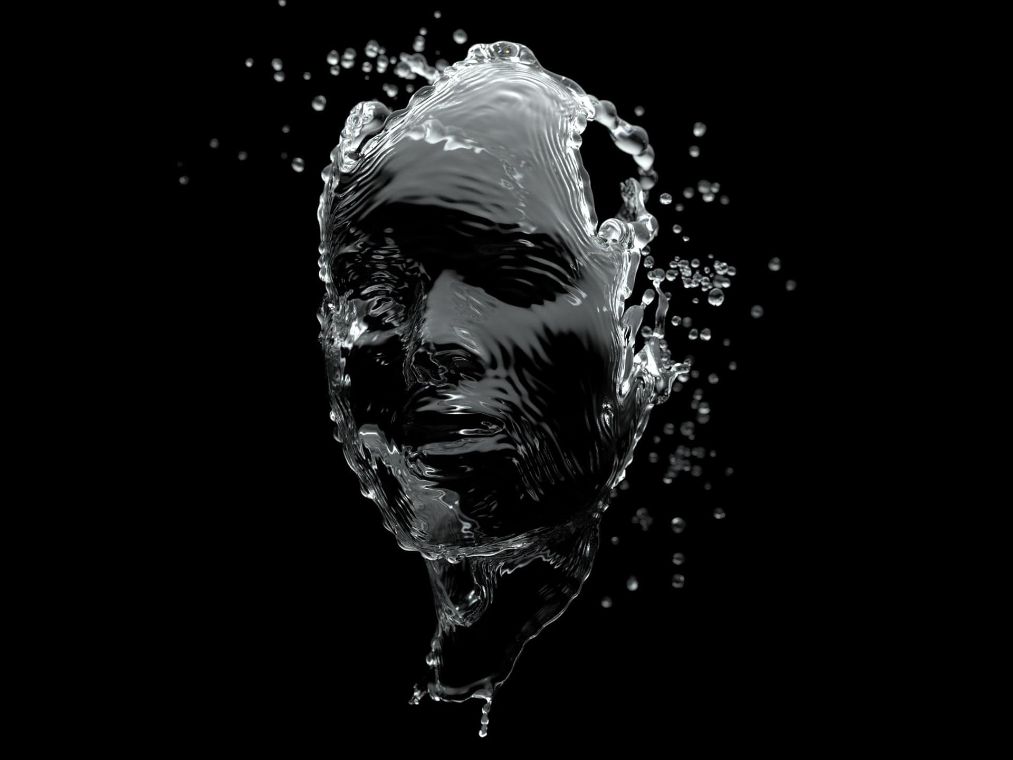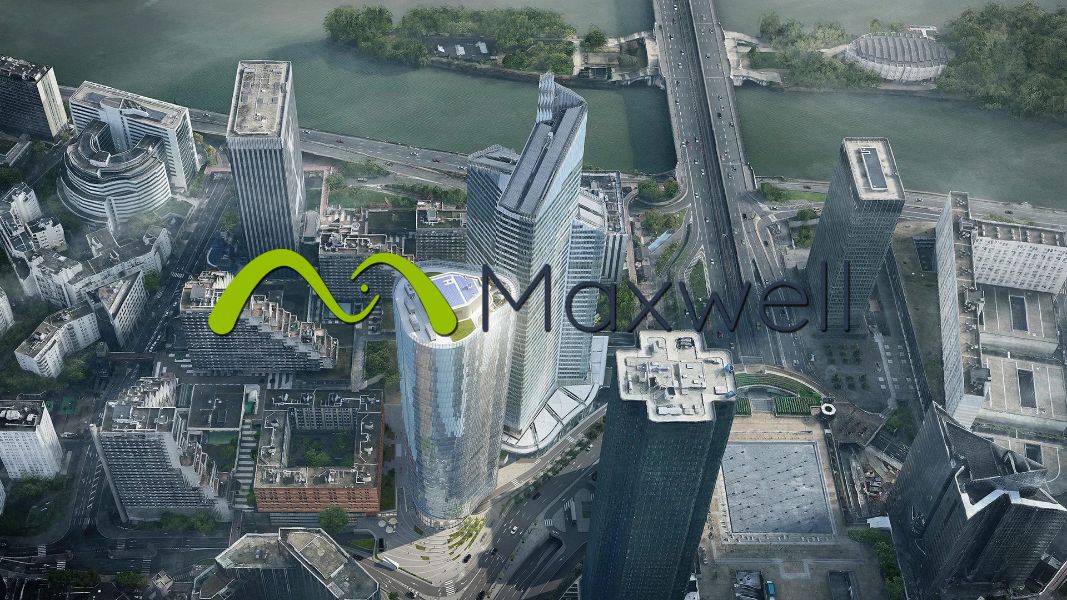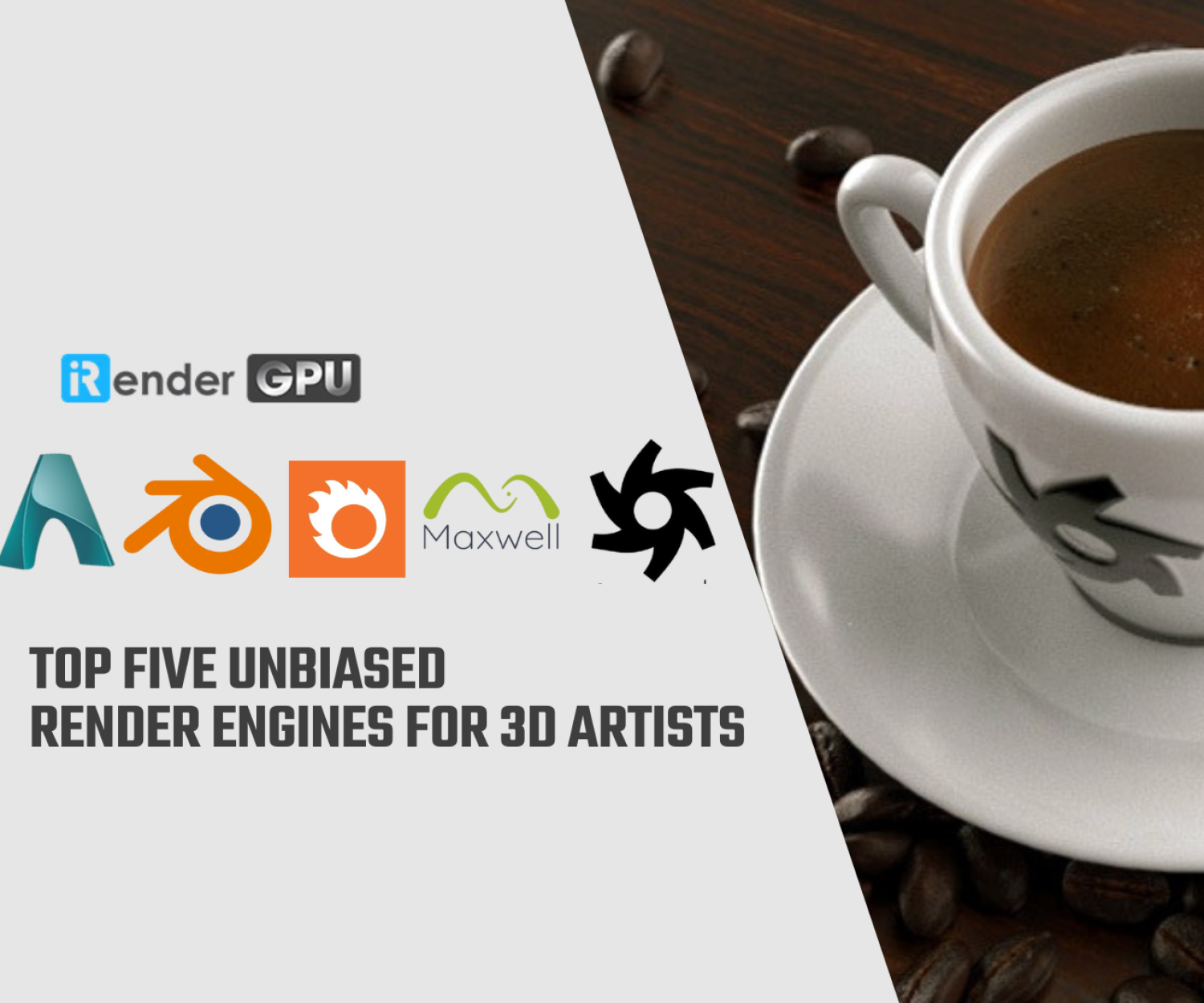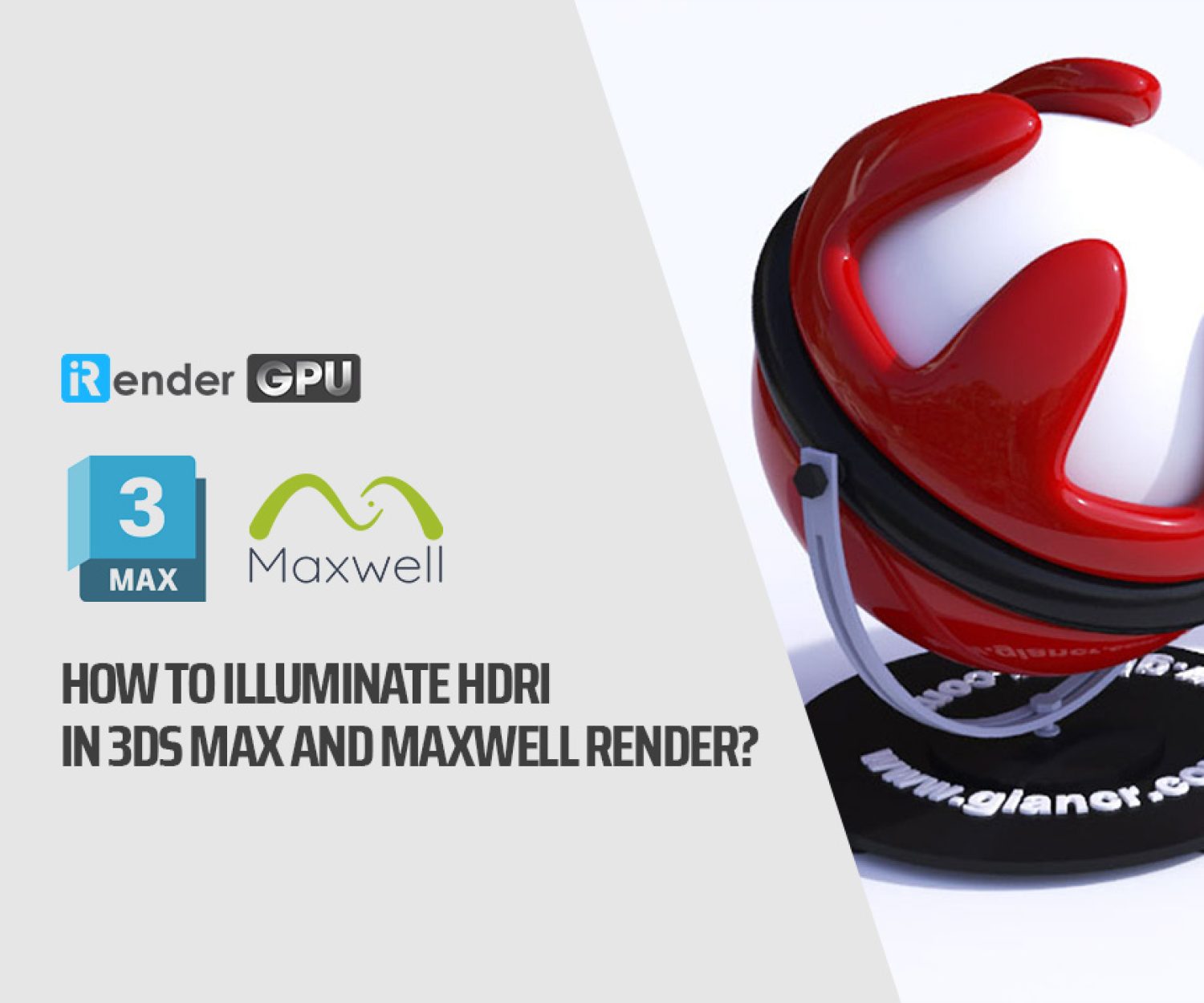AN OVERVIEW OF MAXWELL RENDER
As we all know, 3D render engines are the software items that perform the transformation of the prepared 3D scene into an image or animation. They can be based on different methods, such as ray-tracing, rasterization, path-tracing. Depending on the speed and the outcome expected, it comes in different types – real-time and non-real-time. Which is why 3D rendering market provides an array of solutions for 3D rendering – different programs that are designed to satisfy different needs. For today’s article, let’s explore an overview of Maxwell about the key features of one of the most widely-used render engines worldwide, Maxwell, from Next Limit Technologies.
What is Maxwell Render?
Maxwell Render™ is a rendering engine based on the mathematical equations governing light transport, meaning that all elements, such as emitters, materials and cameras, are derived from physically accurate models. Maxwell Render is unbiased, so no tricks are used to calculate the lighting solution in every pixel of a scene; the result will always be a correct solution, as it would be in the real world. Maxwell Render can fully capture all light interactions between all elements in a scene, and all lighting calculations are performed using spectral information and high dynamic range data.
Due to its very nature, Maxwell Render enables users to create accurate and extremely realistic images. Maxwell Render is a recognized standard in architectural visualization, product design, jewelry, film production, scientific research and other high-end rendering markets, and the leader in render quality.
Maxwell Render is a rendering engine that accepts models and scenes created in 3D or CAD applications such as Rhino, Sketchup, etc. Several of these applications are directly supported through a Maxwell Render plug-in; others can be used in conjunction with Maxwell Render by importing the geometry into Maxwell Studio, a component of the software.
Overview of Maxwell: Key Fields of Application
Architecture & Interior Design
First of all, we are going to explore the overview of Maxwell in Architecture & Interior Design. Maxwell Render is the perfect solution for the high end, photo quality visualizations that architects and designers need. The physically correct simulation helps to envisage how natural and artificial light will affect creations, and high-level integration with many major 3D and CAD applications provides a fast and straightforward workflow. Innovative features like Multilight enhance the workflow even further.
Industrial & Product Design
Used extensively in the automotive, jewelry and product design industries, Maxwell Render offers a complete package for designers. While it is possible to create unlimited numbers of physically correct materials, the software also comes with a library of thousands of free, ready-to-use shaders. Maxwell Render’s physically correct lighting enables designers to create images that look like photographs, saving high expenses of studio shoots.
Film & TV Production
In the overview of Maxwell in Film & TV Production, Maxwell Render is a new render option for the VFX production industries, offering extremely realistic and easily variable lighting solutions for advertisements and films as already seen in several high-end productions. Maxwell Render’s robust and easy to use network system provides the speed and control needed in the complex pipelines and demanding environments of high-end film and TV production.
Maxwell’s Price?
Maxwell 5 is seamlessly integrated into most of the major 3D/CAD software such as Rhino, SketchUp, Autodesk Maya, Autodesk 3ds Max, ArchiCAD, Cinema 4D, and formZ. As an alternative, the standalone Maxwell Studio offers an independent production/rendering environment to create, edit, and render Maxwell scenes. In addition, you get Render nodes and network tools for advanced deployments. Maxwell is available for Windows, macOS, and Linux. To summarize, Maxwell Integrations offer an easy workflow that allows you to compose, edit, and render your scenes from a simple toolbar inside your usual 3D application. The price is $595 with node-locked license and to get a Floating License, the price will be $795.
Maxwell system requirements
An overview of Maxwell system requirements is below. The minimum system requirements for Maxwell Render V5 are as follows:
For Windows OS
- Windows Server 2008 R2 SP1, Windows 7, 8, 8.1, Windows Server 2012 or Windows 10
- 2 GHz Intel® Core2 processor, AMD Athlon 64 or better
- 1GB RAM minimum. 16 GB of RAM memory is highly recommended
- 1.7 GB available hard disk space for installation
- Accelerated OpenGL drivers
- 3 button mouse recommended
For Mac OS
- MacOS 10.11 (El Capitan), 10.12 (Sierra), 10.13 (High Sierra), 10.14 (Mojave) and 10.15 (Catalina).
- 1 GB RAM minimum. 16 GB of RAM memory is highly recommended
- 1.7 GB available hard disk space for installation
- 3 button mouse recommended
For Linux 64
- x86_64 distribution with a 2.6 Kernel and glibc 2.5
- Tested on Debian GNU/Linux 7 (wheezy), Fedora Core release 6 (Zod), CentOS release 6.5 (Final), Ubuntu precise (12.04.2 LTS)
- 2 GHz Intel® Core®2, AMD Athlon 64 or better
- 1 GB RAM minimum. 16 GB of RAM memory is highly recommended
- 1.7 GB available hard disk space for installation
- 3 button mouse recommended
GPU engine
- Graphics cards that support CUDA platform (Nvidia), running on Windows. No AMD or Intel will work, sorry.
- The drivers should be up to date.
- Maxwell, Pascal, Volta and Turing architectures are supported (for reference you can check this table); it could work on Kepler architecture but it could be unstable and the experience won’t be good.
Denoiser
- Denoiser is capable of running on CPU or GPU, with Nvidia, AMD and Intel graphics cards; it works with CUDA (Nvidia) and also can work using OpenCL either in GPU (Nvidia, AMD or Intel) or CPU.
- When using GPU, we recommend having a graphics card with at least 2.5GB. This number is actually dependent on frame size, 2.5GB is for 2k pixels square imagery.
- When using Nvidia CUDA, the drivers should support at least CUDA 7.0
- When using AMD, the Catalyst driver should be up to date.
- In the case you get an error message when using CPU about OpenCL ICDs, it will probably be solved by installing one of these packages depending on your OS:
- Windows: opencl_runtime_18.1_x64_setup.msi
- Linux: opencl_runtime_18.1.0.013.tgz
- The Denoiser will first try to use CUDA, if it doesn’t find a compatible card, it will fallback to OpenCL GPU (usually with AMD and Intel cards). If the image doesn’t fit in the graphics card memory, you can then use OpenCL with CPU (which will use RAM memory).
Why Maxwell Render?
Easy to use
Maxwell’s approach to rendering is based on real-world units and settings. It is not necessary to learn strange new concepts and a long list of render parameters such as “radiosity bounces”, “photons” or “final gathering” that are based purely on computer graphics terminology, not reality. For example, the settings of the Maxwell Render camera work and adjust just like the settings of a real camera and the strength of the lights in your scene is based on real-world units. Because of this, it is straightforward to create and render scenes, and set-up times are extremely low compared to other renderers.
In addition, Maxwell Render has a truly interactive preview tool, Maxwell Fire (Fast Interactive Rendering). Maxwell Fire provides instant results while setting up a scene. You can preview your scene’s lighting and materials in seconds.
Unrivalled realism
The technology behind Maxwell Render is physically correct and unbiased, enabling users to create materials, set lights and cameras, and render scenes, all in a hyper realistic manner resulting in images that are indistinguishable from photographs. Maxwell’s physically correct creations and data can help architects, designers and VFX supervisors understand what lighting inside or outside a building would look like once realized, or what a final product would look like in production.
Good value
A Maxwell Render license not only gives you access to the most realistic renderer on the market, you also get free plug-ins to a wide range of popular 3D and CAD applications, including Maya, Cinema4D, Rhino and SketchUp, so you can use Maxwell Render while staying in the comfortable environment of the modeling software you are already familiar with.
A complete package
The Maxwell Render software package provides a complete solution, with a rendering engine, a fully interactive preview tool (Maxwell Fire), a material editor, an editing application, and a series of free plug-ins all in one. The application offers a range of features needed to prepare, edit and render perfect images in a comfortable and straightforward fashion, such as Multilight, Sub-surface scattering, Stacked materials and Displacement.
Something for everyone
Maxwell Render is the best solution for users with all kinds of requirements, needs and backgrounds. For instance, Maxwell Render’s physically correct simulation helps architects and designers to envisage how natural and artificial light will affect their creations.
Automotive-, jewelry- and product designers can work with the thousands of free, ready- to-use shaders that come with the software. And Maxwell’s realistic lighting enables them to create images that look like photographs, saving the high expenses of actual studio shoots and giving a clear idea of what the final product will look like.
Artists in the VFX and film industry will find that Maxwell Render’s robust and easy to use network system provides the speed and control they need in their complex pipelines and the demanding environments they work in.
Final thoughts
Through some overview of Maxwell, we known about the great features that Maxwell render brings, this is sure to be a great render engine for designers, editors or anyone who loves the graphic design field. iRender is proud to be a computer performance rental provider to give Maxwell users the best experience when rendering their projects from this software. We provide a variety of machine configuration options so that customers can have the options that best suit their needs such as server 6 (6 RTX 2080 Ti), server 7 (6 RTX 3080), or server 8 (6 RTX 3080 Ti), along with the enthusiastic support of the 24/7 support team will surely bring you unexpected results and performance.
So, do not hesitate anymore, let’s register HERE to get FREE COUPON to test our GPU servers and reach a new level of cloud rendering.
iRender– Happy Rendering!
Reference source: maxwellrender.com
Related Posts
The latest creative news from Maxwell Cloud Rendering , Cinema 4D Cloud Rendering , 3D VFX Plugins & Cloud Rendering.











